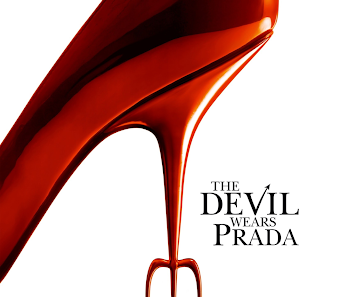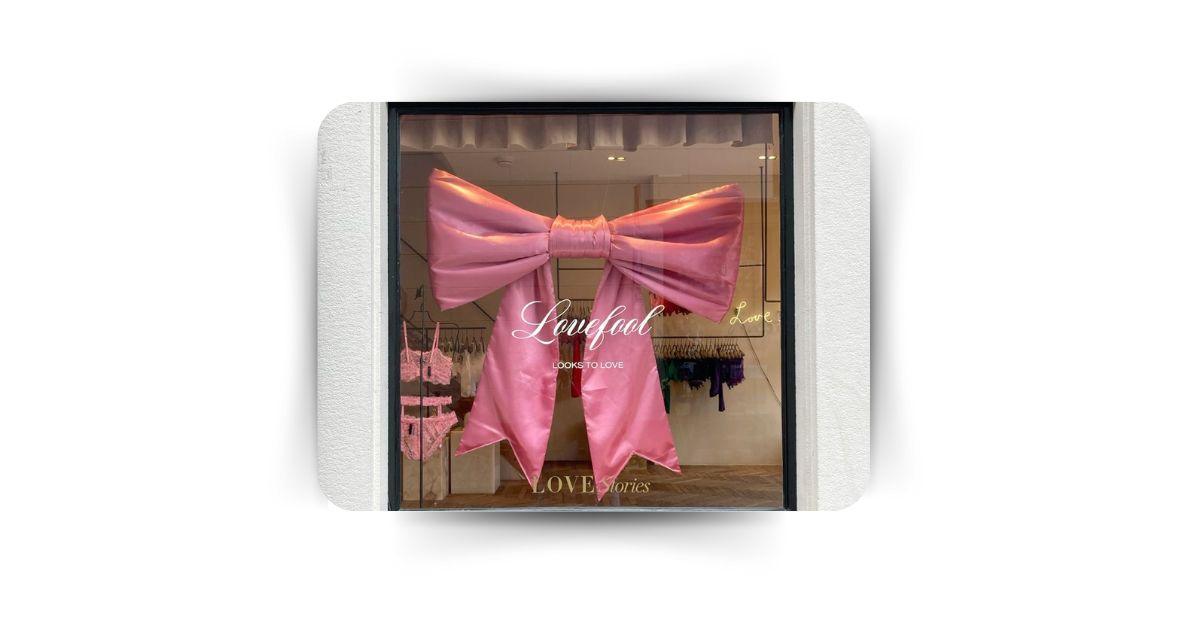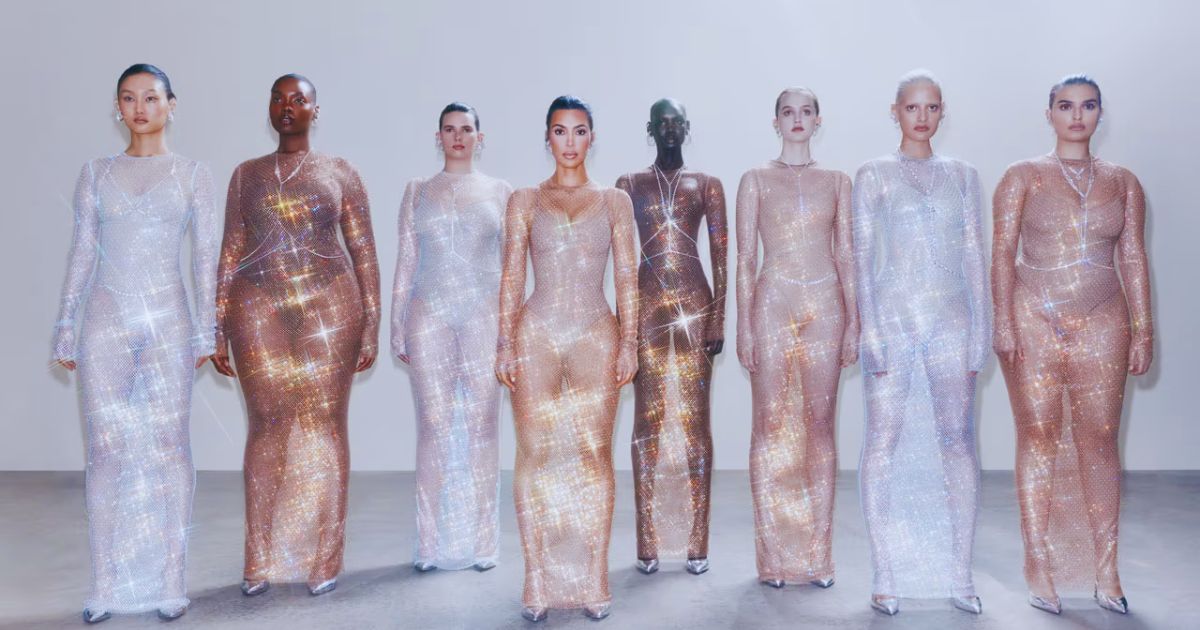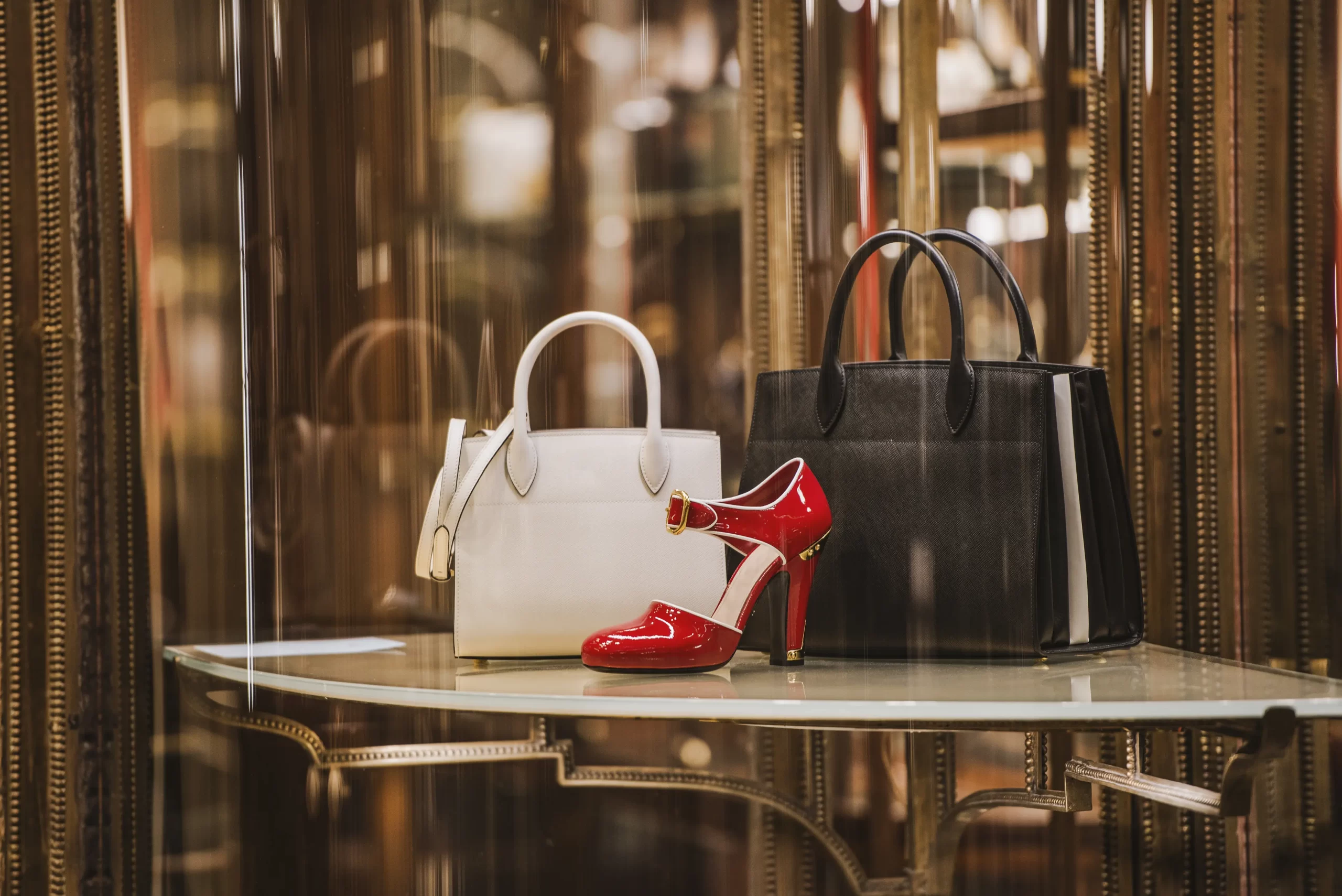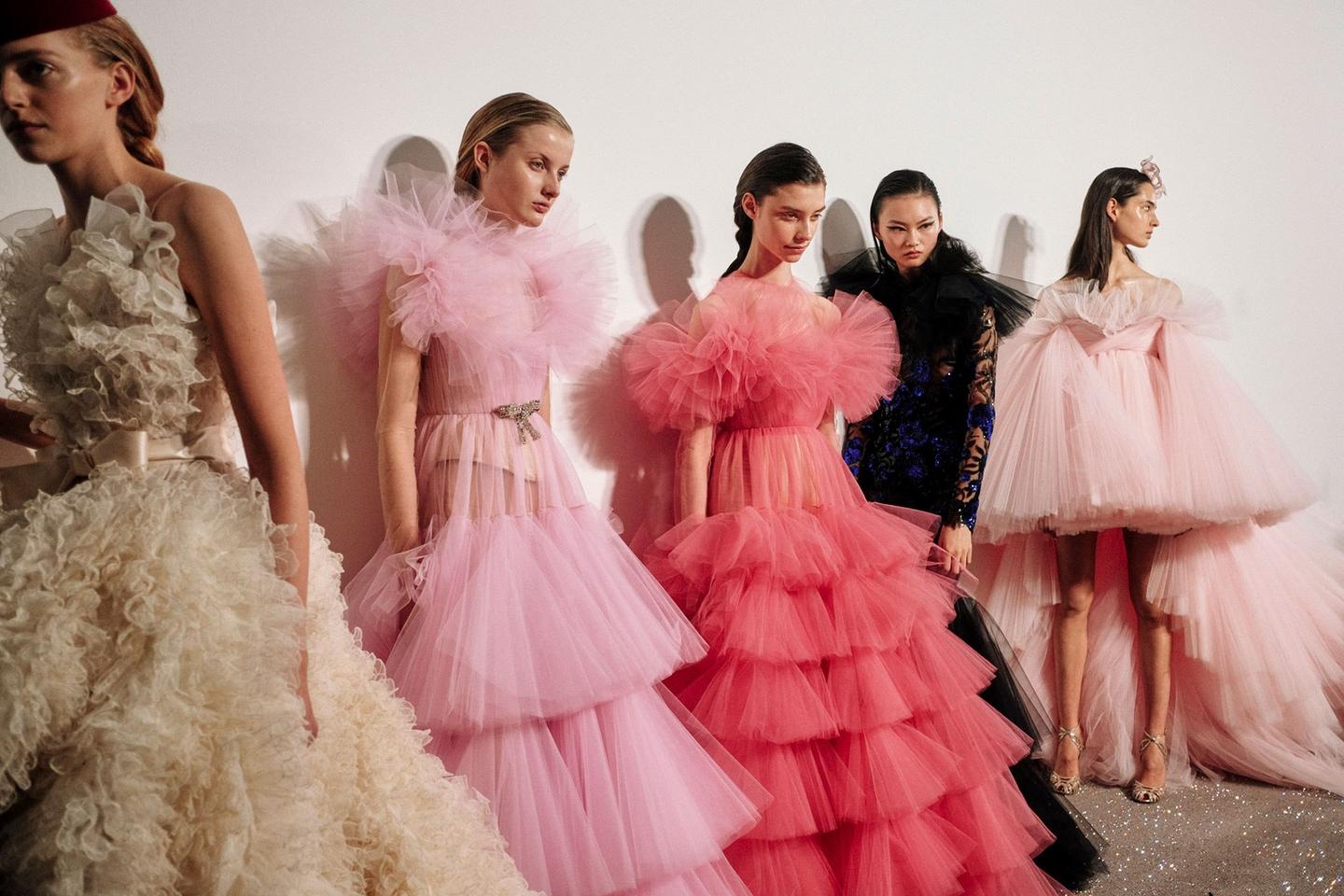Competition policies are essential in fighting monopolistic practices, ensuring that industries are competitive, and guaranteeing consumer welfare in the fashion industry. The biggest luxury fashion firms that are publicly traded include the Puig Company, LVMH, Richemont, Kering Group, Tapestry, Inc., and Prada Group. These multibillion-dollar companies provide financial support and creative freedom to several fashion and luxury firms. Despite maintaining prestigious brands and stabilizing luxury fashion sales, these corporations’ dominance can stifle competition. They may hinder innovation and diversity in the sector by making it harder for up-and-coming houses to obtain independent financial support. Fashion firms see the capacity to regulate product distribution as critical to maintaining the image and economic worth of the luxury brand (McGill, 2024)
Anti-Trust Laws are different in different nations like the United Kingdom has the Competition Act of 1998 and Enterprise Act of 2002, United States’s applicable laws are the Sherman Antitrust Act (1890), Clayton Act (1914), and the Federal Trade Commission Act (1914) the other hand Dubai (United Arab Emirates relevant legislation consists of UAE Competition Law (Federal Law No. 4 of 2012 and Implementing Regulations (2014), In India, the Competition Act, 2000 seeks to foster a healthy market environment by protecting and balancing the interests of enterprises, consumers, and the economy. Lower yet competitive pricing enables consumers to make educated judgments about the substitute items they want to buy, while also guaranteeing that no company exploits its dominant status. Diverse viewpoints exist on antitrust law in the fashion sector. Antitrust rules, according to some, are crucial for fostering competition and shielding customers from monopolistic tactics. However, others contend that antitrust rules can impede lawful corporate operations and be too restrictive. When assessing the function of antitrust legislation in the fashion sector, it is critical to take these conflicting perspectives into account.
In a classic case of Hermes Class Action Suit, California residents and consumers Tina Cavalleri and Mark Glinoga filed a class action antitrust complaint against Hermès, charging that the company engages in unlawful tying by conditioning the sale of a Birkin or Kelly handbag on the purchase of other ancillary products. Hermès sales associates receive no commissions on handbag sales but are instructed to use the handbags as a means to coerce consumers into buying ancillary products. As alleged in the complaint, extraordinary desirability, phenomenal demand, and limited supply of Birkin handbags endow Hermès with extraordinary market power. Hermès moves to dismiss the action, contending that the complaint fails to define a plausible tying market in which Hermès could exercise the alleged market power. The case will probably depend on proper relevant market definition and raises an interesting question about how the appropriate delineation of the relevant market should occur when the alleged competition involves luxury goods. (McGill, 2024) We can understand the subtleties of antitrust laws in the fashion business by taking into account different viewpoints examining significant figures, and talking about both the advantages and disadvantages.
Author name: Pratikshya Mishra,4th-year Law Student
 I’m Pratikshya Mishra, a 4th-year law student with a deep love for both fashion and law. I enjoy exploring how the two intersect, often drawing inspiration from fashion movies to connect them with the legal field in creative ways. Outside of my academic pursuits, I’m passionate about dancing and an enthusiastic sports lover.
I’m Pratikshya Mishra, a 4th-year law student with a deep love for both fashion and law. I enjoy exploring how the two intersect, often drawing inspiration from fashion movies to connect them with the legal field in creative ways. Outside of my academic pursuits, I’m passionate about dancing and an enthusiastic sports lover.




